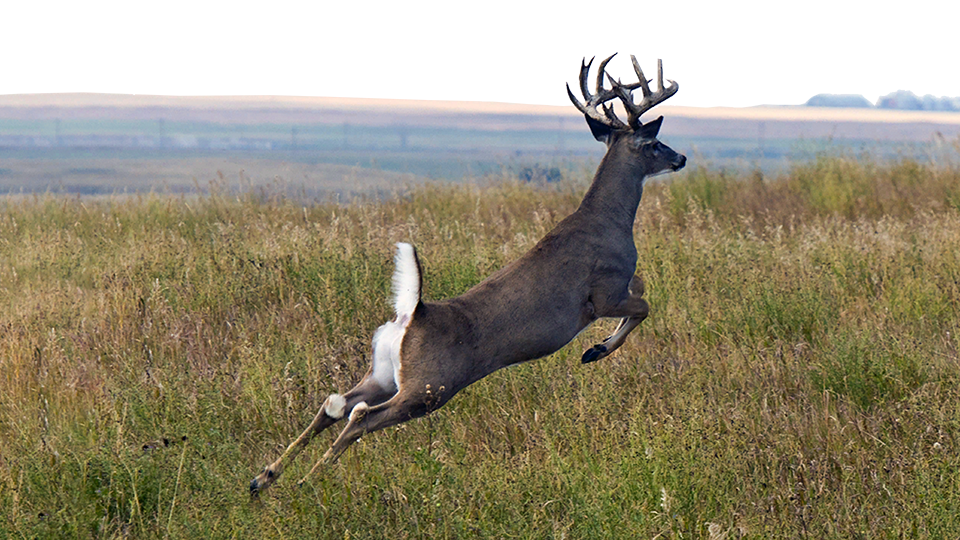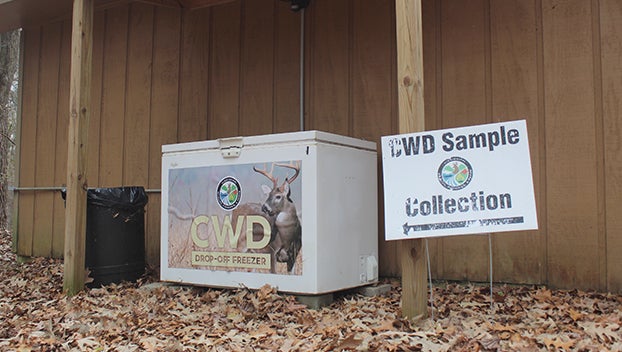
Two recent reports have raised concerns about the potential link between Chronic Wasting Disease (CWD) in deer and human health. In one case, two hunters who consumed venison from a CWD-infected deer population were diagnosed with Creutzfeldt-Jakob Disease (CJD) and died. In another report, a 72-year-old man presented rapid onset confusion and aggression after consuming meat from the same CWD positive deer population, and his friend who had also eaten venison from the same source recently passed away due to CJD as well.
CWD is a prion disease that affects cervids such as deer, elk, and moose. It is characterized by weight loss, lack of coordination, stumbling, listlessness, drooling and lack of fear of people. The disease has been spreading to more states in the US with Indiana being the latest addition.
The possibility of a novel animal-to-human transmission of CWD was suggested in a research abstract presented at the Neurology annual meeting. However, it is important to note that these cases do not prove causation and further investigation is needed to determine if there is indeed a link between CWD and human health.
The Centers for Disease Control and Prevention (CDC) advises against consuming meat from animals that have tested positive for CWD. The US Geological Survey, University of Texas Health Science Center at San Antonio, American Academy of Neurology, and other organizations are conducting research to better understand the potential risks associated with CWD.
The spread of CWD in deer populations has economic consequences as well. In Alabama alone, over half a million residents were issued hunting licenses in 2021. The sport of deer hunting is an important part of the state's economy.
It is crucial to stay informed about the latest developments regarding CWD and its potential impact on human health. As always, it is essential to be skeptical of sensationalized reports and seek out reliable sources for accurate information.



